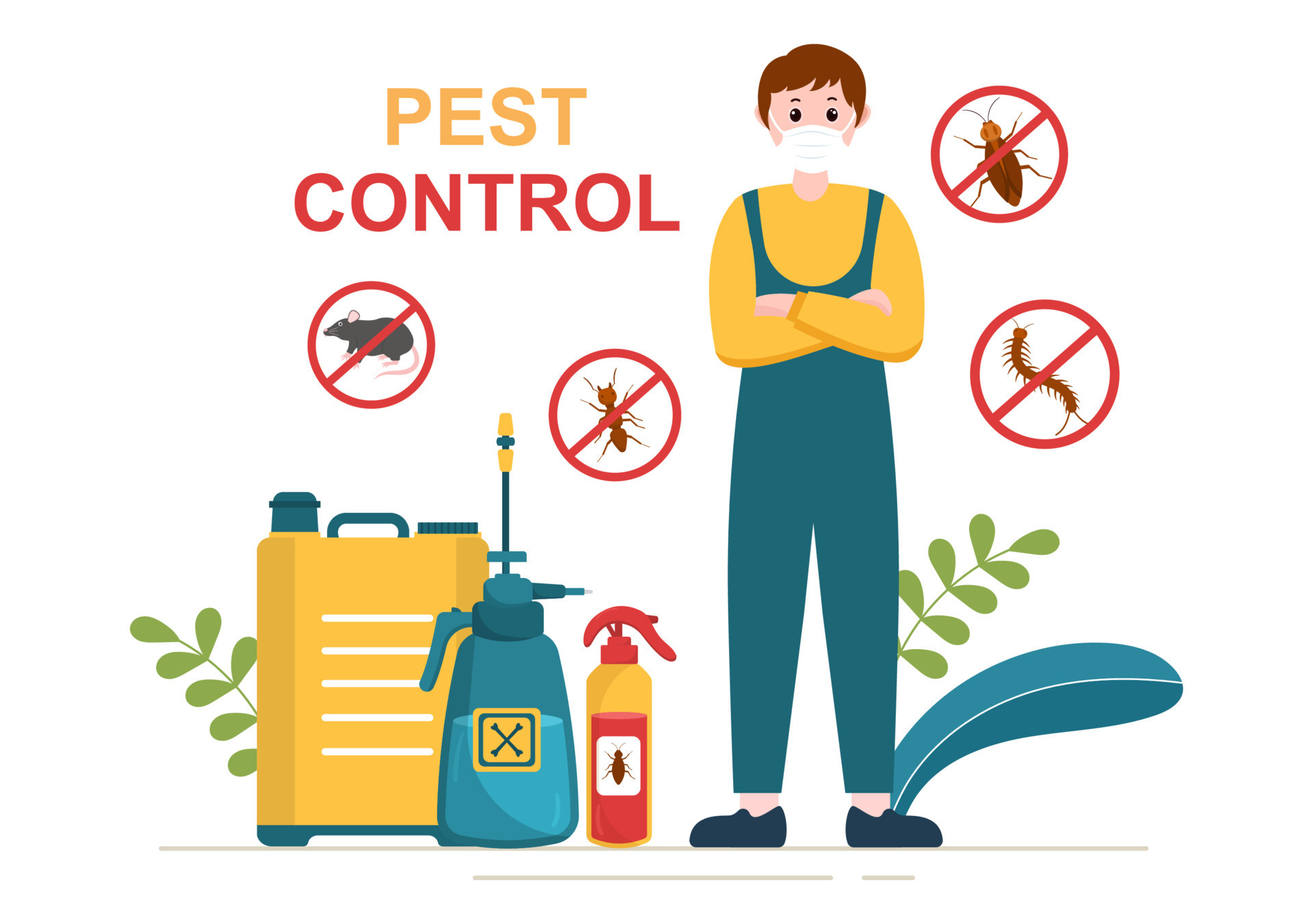Specialist Bug Control Techniques for Long-Term Outcomes
Professional parasite control methods envelop an extensive method that begins with a complete examination and analysis, followed by exact bug recognition to recognize their behavior patterns. The implementation of Integrated Pest Management (IPM) concepts, paired with eco-conscious therapies, develops the cornerstone of sustainable pest removal.
Assessment and Evaluation
Upon entering a residential property for pest control solutions, the first step is a complete evaluation and assessment to recognize the level of the invasion and identify the most reliable therapy plan. Specialist bug control technicians are educated to thoroughly take a look at the facilities, trying to find signs of pest task such as droppings, chomp marks, nests, or any structural damages. They will certainly also analyze the problems that may be attracting parasites, such as food resources, water leaks, or access points.

Bug Recognition and Behavior

In addition, recognizing the habits of the identified parasite is crucial to implementing reliable control procedures. Knowing where parasites nest, what they feed on, and their activity patterns can help pest control specialists develop strategies to eliminate them efficiently.
Integrated Bug Administration (IPM)
Integrated Pest Monitoring (IPM) approaches integrate several strategies to control and stop pest invasions in a lasting and eco friendly way. Exterminator DC. By incorporating methods such as biological control, habitat control, alteration of social techniques, and using resistant ranges, IPM intends to decrease making use of chemical pesticides
One of the crucial concepts of IPM is the focus on prevention. This aggressive approach involves tracking bug populaces on a regular basis to identify any potential issues prior to they rise. By identifying pest problems at an early stage, pest control procedures can be applied quickly and properly.
Furthermore, IPM promotes the use of non-toxic pest control methods whenever home bugs control possible. This can consist of using all-natural killers of the pests, introducing helpful pests, or utilizing scents to interrupt breeding patterns. By lowering dependence on chemical pesticides, IPM not only protects the environment but additionally aids keep an equilibrium in the environment.
Environmentally-Friendly Therapies
Applying eco-conscious approaches in parasite control procedures can efficiently deal with infestations while focusing on environmental sustainability. Environmentally-friendly treatments concentrate on reducing the influence of parasite control methods on communities, non-target organisms, and human health. These approaches frequently entail using all-natural predators, such as ladybugs or nematodes, to manage pest populaces, lowering the requirement for chemical treatments. In addition, techniques like habitat read what he said control, such as readjusting wetness degrees or removing food resources, can assist deter parasites without using damaging materials.
An additional secret aspect of environmentally-friendly treatments is making use of organic and eco-friendly products that damage down promptly without leaving unsafe residues in the setting. Botanical pesticides originated from plants like chrysanthemums or neem offer reliable pest control while presenting marginal risk to non-target types. Additionally, employing approaches like warmth treatments or pheromone catches can target specific insects with accuracy, reducing the general ecological effect of parasite control practices.
Continuous Tracking and Maintenance
Normal assessments by skilled professionals are essential to identify any type of signs of parasite activity, evaluate the performance of previous treatments, and make adjustments to the pest control plan as needed. By keeping an eye on parasite populations over time, parasite control professionals can track fads, expect potential problems, and execute preventive steps to minimize the danger of future infestations.
Along with monitoring, maintenance methods are essential for long-lasting pest control success. This consists of applying proper sanitation steps to get rid of possible food and water resources for pests, sealing off entry indicate stop parasites from getting in the premises, and dealing with any type of structural problems that might promote bug problems (bed bug heat treatment). By integrating continuous tracking and maintenance into an integrated insect administration technique, organizations can ensure a pest-free environment and safeguard their building versus pricey damage and health and wellness dangers
Final Thought
In final thought, using specialist bug control methods such as detailed examination and evaluation, precise bug recognition and understanding of their actions, incorporated parasite management strategies, environmentally-friendly treatments, and ongoing monitoring and reference upkeep are essential for achieving lasting cause pest control. By implementing these approaches, individuals can effectively take care of insect infestations and keep a pest-free environment in a lasting manner.
Comments on “Effective Bed Bug Treatment: Eliminate Infestations Safely!”